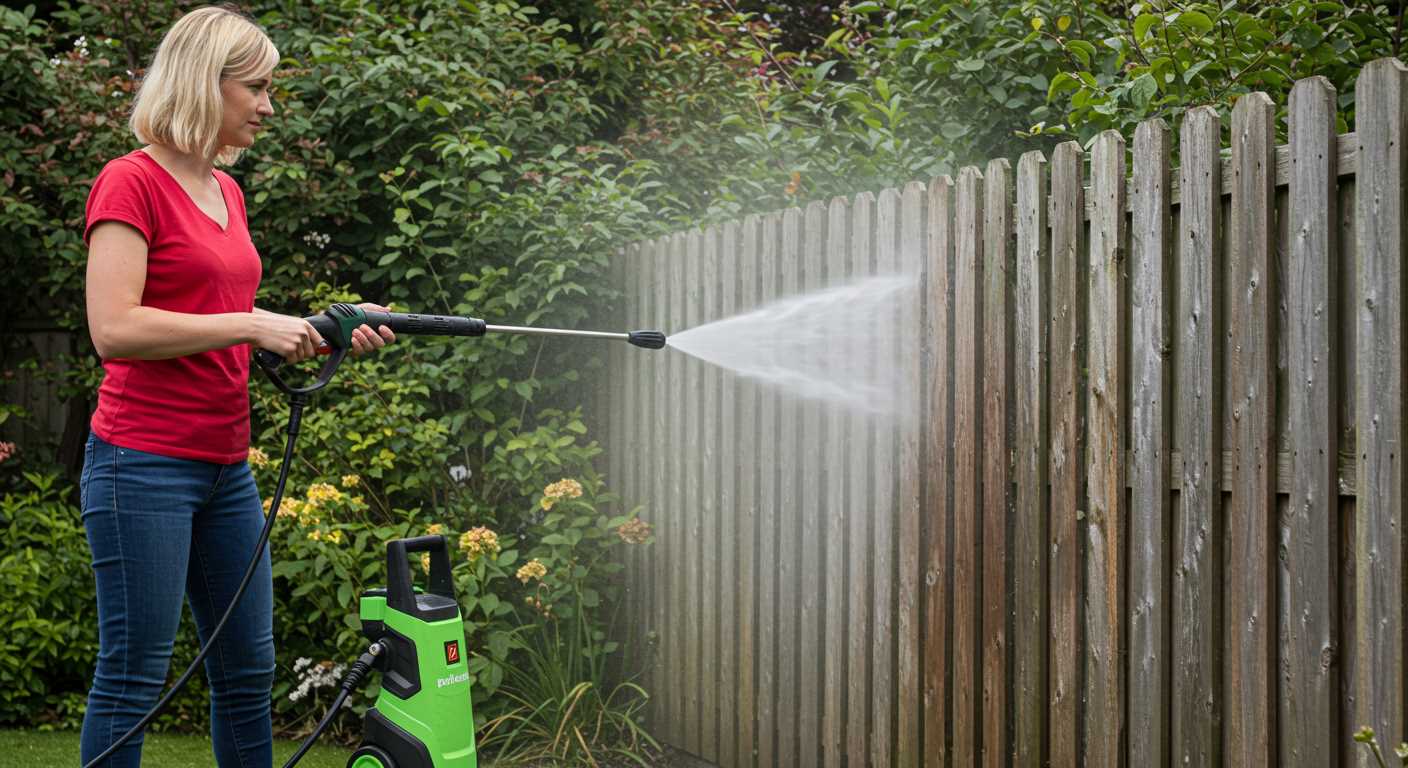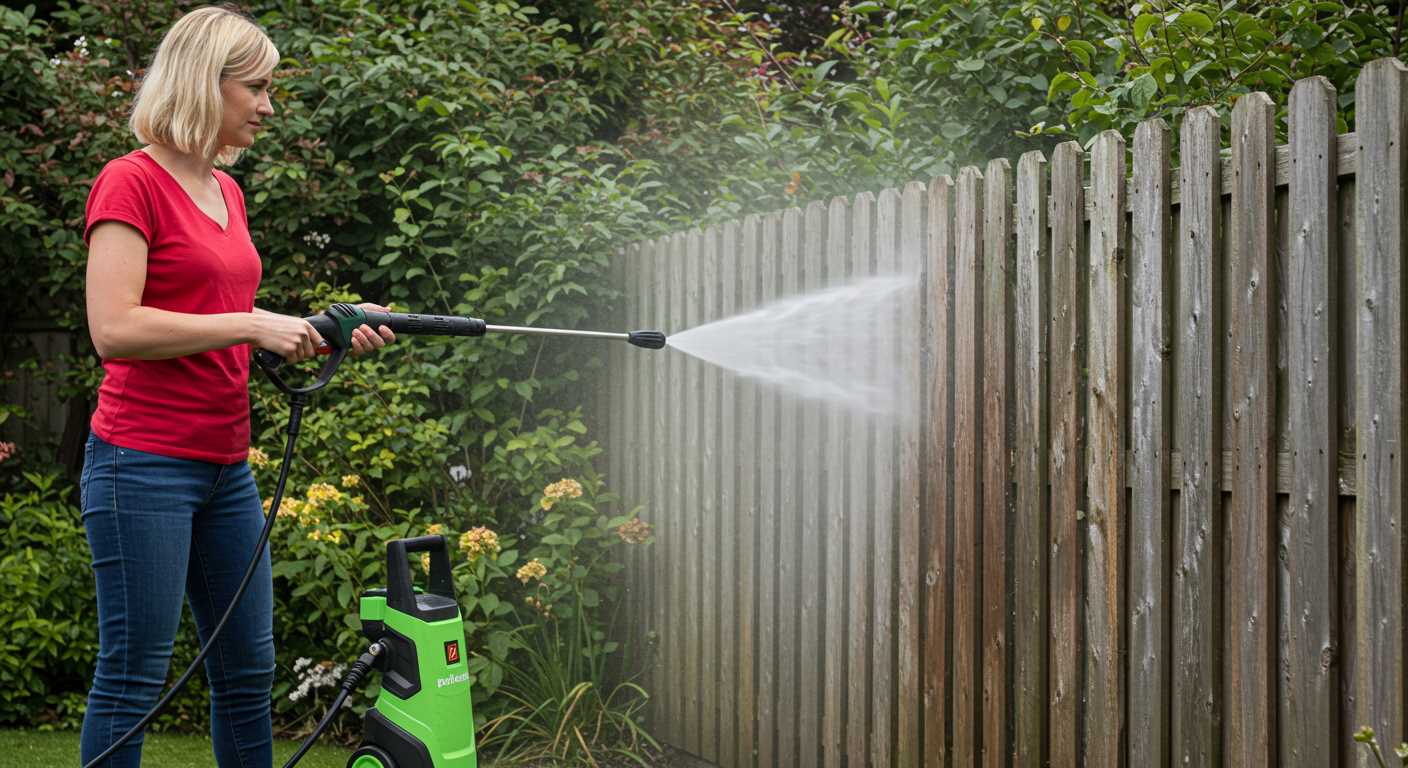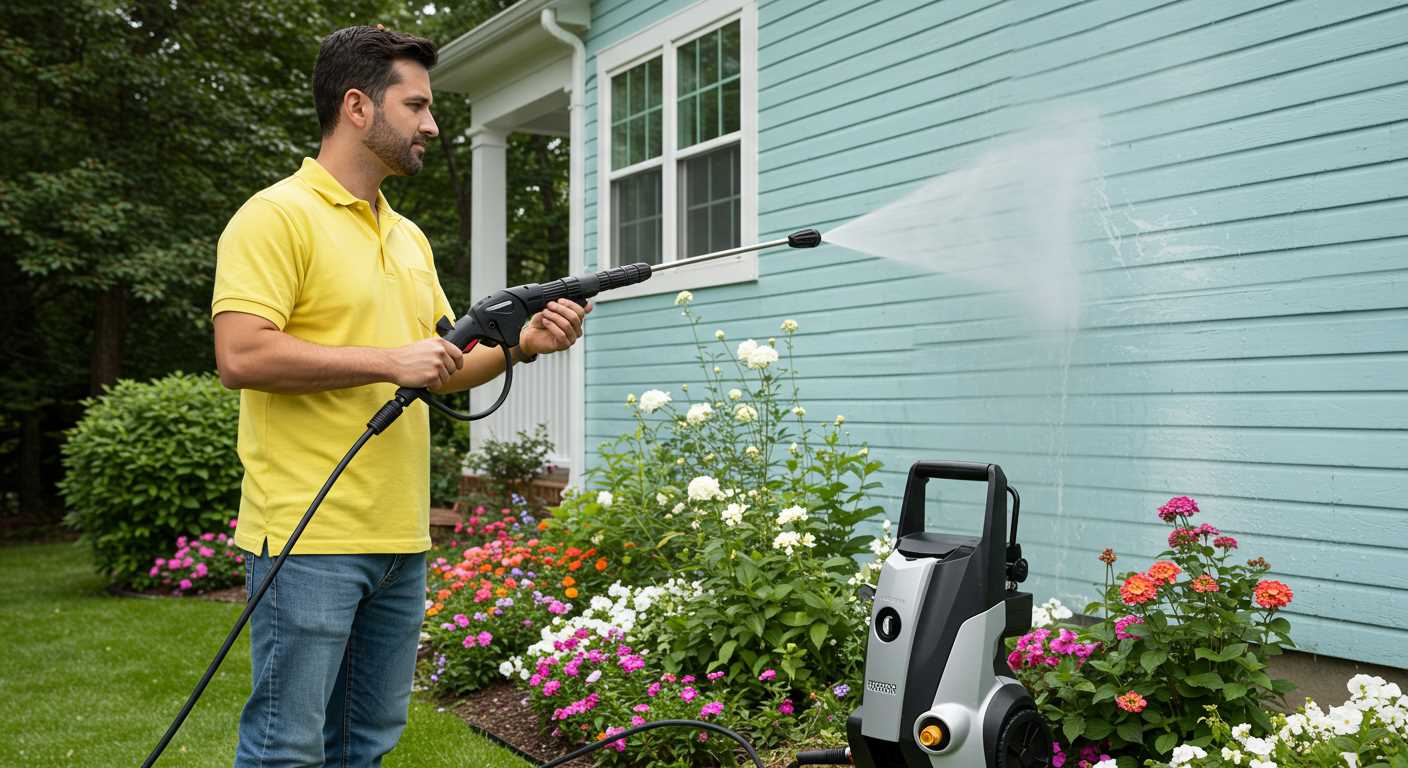




Begin with selecting sturdy materials that can withstand the wear and tear of daily use. I recommend using durable PVC pipe or robust metal brackets, both of which ensure longevity and reliability. In my experience, the right choice of materials can make a significant difference in the overall functionality and durability of your storage unit.
Next, consider the dimensions of your cleaning apparatus and the length of the tubing. It’s crucial to measure accurately to avoid unnecessary frustration later on. I’ve often found that overestimating leads to a cumbersome setup, while underestimating results in a tight fit that can cause kinks and damage.
Once you have your materials and measurements, focus on the assembly process. I suggest utilising screws rather than glue for a more robust connection. This way, you can easily disassemble and adjust components as needed. In my years of working with various cleaning devices, I learned that flexibility often saves time and effort down the line.
Finally, think about the positioning of your storage solution. Place it in an accessible location to streamline your cleaning routine. I’ve seen setups that are tucked away in hard-to-reach corners, making the experience far less enjoyable. Accessibility can transform how you approach your cleaning tasks, making them quicker and more efficient.
Creating a Storage Solution for High-Pressure Equipment
Start with a solid base; using treated lumber ensures durability. Cut two pieces to your desired length for the foundation–around 1.5 metres is ideal for most setups.
Next, assemble vertical supports. Opt for four posts, each about 1 metre tall. Secure them at the corners of your base with strong brackets to create a sturdy frame.
For the winding mechanism, a heavy-duty spool works wonders. You can repurpose an old bike wheel or purchase a plastic or metal spool. Attach it to the frame using a bolt and nut. Ensure it rotates freely, as this will facilitate easy storage.
Think about adding a guide to keep everything untangled. A simple PVC pipe can act as a guide; cut it down the middle and attach it to the frame, allowing the cable to run smoothly without kinks.
For finishing touches, consider a protective coating. A weather-resistant paint or sealant will prolong the life of your structure against the elements.
| Material | Quantity | Purpose |
|---|---|---|
| Treated Lumber | 2 pieces | Base |
| Wooden Posts | 4 pieces | Vertical supports |
| Spool | 1 | Winding mechanism |
| PVC Pipe | 1 piece | Guide for cable |
| Weather-resistant Paint | 1 can | Protection |
This solution not only keeps your equipment organised but also prolongs its lifespan. I’ve tried various methods over the years, and this design stands the test of time and practicality.
Choosing the Right Materials for Your Hose Reel
Selecting materials for your winding mechanism significantly impacts durability and performance. Based on my experience, I recommend opting for high-quality plastics or metals that can withstand weather elements and resist corrosion. For the frame, consider stainless steel or powder-coated aluminium; both are lightweight yet robust enough for long-term use.
When it comes to the spool, reinforced plastic is a solid choice. It offers a good balance between weight and strength, ensuring your coil remains intact during operation. I’ve seen many reels fail due to flimsy spools, so investing in a sturdy option pays off in the long run.
For the axle, stainless steel stands out. It provides excellent resistance to rust and ensures smooth rotation, which is crucial for effortless winding. I recall a project where a client chose a standard steel axle; it rusted within a year, leading to a frustrating experience. Avoid that pitfall by choosing materials wisely.
Lastly, don’t overlook the connectors and fittings. Brass or high-grade plastic connectors prevent leaks and ensure a secure connection to your equipment. I once faced issues with low-quality connectors; they cracked under pressure, causing leaks that disrupted the entire cleaning process. Quality matters here.
In summary, focus on durable, corrosion-resistant materials like stainless steel for the frame and axle, reinforced plastic for the spool, and reliable connectors. This approach maximises the lifespan and efficiency of your winding mechanism, ensuring a hassle-free experience during use.
Step-by-Step Guide to Assembling the Hose Reel
Begin with the base framework. Securely attach the side panels to the bottom plate using bolts, ensuring stability. I recommend using a wrench to tighten these connections firmly without stripping the screws.
- Attach the spool mechanism to the centre of the base. Make sure it rotates freely; a stuck spool can lead to frustration down the line.
- Install the bracket for the handle on one side. This makes cranking the reel much smoother. Ensure it aligns perfectly with the spool for optimal operation.
- Now, proceed to mount the guide arm. Position it so that it directs the tubing into the spool without any kinks. An angled guide works best for this.
- Secure the locking mechanism on the other side of the base. This will keep the tubing in place when not in use. Test its functionality by pulling on the tubing; it should hold firm.
Next, it’s time to attach the tubing. Cut it to the desired length, allowing for some slack. Connect one end to the inlet of the spool and fasten it with a clamp. The other end should be fitted with a nozzle or connector suitable for your cleaning equipment.
- Before finalising, run the tubing through the guide arm to ensure smooth operation.
- It’s worth checking for any twists or bends that might hinder retraction.
Once everything is in place, give it a test run. Crank the handle to retract the tubing fully. If you notice any resistance, reassess the alignment of your components. Adjust as necessary to achieve a seamless operation.
Finally, don’t forget to apply a lubricant to the moving parts. This step prolongs the life of your setup and maintains ease of use. Regular maintenance, like checking for wear and tear, ensures your unit remains reliable over time.
Mounting Options for Your Hose Reel: Wall vs. Mobile
Choosing the right mounting option is critical for optimising space and utility. If you’re working in a fixed area, a wall-mounted solution is ideal. It keeps everything organised and easily accessible while freeing up floor space. This type of installation allows for a tidy setup, particularly in garages or workshops where you want to maintain a clean environment.
Wall-Mounted System
When I first set up a wall-mounted system, I was amazed at how much easier it made my workflow. You simply attach brackets to the wall at a comfortable height, ensuring that the reel is secure yet easy to operate. Consider adding a locking mechanism to prevent any accidental unwinding. This setup is particularly beneficial for those with limited mobility, as it reduces the need to bend down or reach excessively.
Mobile Reel System
If you frequently move around or have a larger area to cover, a mobile setup is more suitable. These units come with wheels, allowing you to roll them to wherever you need them. I remember using a mobile reel for a big outdoor project; being able to move it from one end of the yard to the other saved me a lot of hassle. Just ensure the wheels are sturdy enough to handle rough terrain and that the reel remains stable during use. Both options have their merits; it ultimately depends on your operational needs and available space.
Regardless of your choice, consider how it fits into your overall cleaning routine. For those interested in maintaining a clean environment, integrating tools such as the best air scrubber for home can enhance your efficiency further.
Tips for Maintaining Your Pressure Washer Hose Reel
Regular cleaning is key. After each use, I wipe down the drum and the exterior components with a damp cloth to remove dirt and grime. This simple habit prevents build-up that could lead to corrosion or degradation over time.
Inspect the winding mechanism frequently. I’ve had instances where a small piece of debris got stuck, causing the entire system to jam. A quick check ensures everything operates smoothly and helps avoid more significant issues down the line.
Lubrication is crucial. I apply a silicone spray to the moving parts at least once every few months. This keeps everything functioning without a hitch and prolongs the lifespan of the components.
Check for fraying or wear on the tubing. I’ve encountered hoses that looked fine on the outside but had hidden damage. If you notice any cracks or tears, replace the line immediately to avoid leaks during operation.
Store your equipment properly. I always hang my unit in a dry area, away from direct sunlight. Prolonged exposure can weaken materials and lead to premature failure.
When not in use, keep the drum free of tension. I unwind the line slightly and secure it loosely to prevent unnecessary strain. This small step can make a significant difference in maintaining the integrity of the materials.
During seasonal changes, I perform a thorough inspection. Extreme temperatures can affect the functionality of various components, so I make it a point to check everything before the busy months arrive.
Customising Your Hose Reel for Additional Features
Incorporating unique features into your winding mechanism can significantly enhance its functionality. One modification I highly recommend is adding a built-in storage compartment for nozzles and attachments. This keeps everything organised and easily accessible during cleaning tasks. I once installed a small toolbox on the side of my reel, which made a noticeable difference in efficiency, especially when switching between different tasks.
Another useful enhancement is integrating a swivel mount. This allows for smoother movement when unwinding and rewinding the tubing, reducing wear and tear. I remember a time when I had a rigid setup that made manoeuvring a hassle; the swivel mount transformed the experience entirely. The freedom of movement is worth the extra effort in installation.
Consider adding a hose guide as well. This helps prevent tangles and kinks while storing the line. I designed mine with adjustable arms to accommodate various lengths, and it worked wonders. It saved me countless minutes of untangling, which I could spend on more important tasks, like applying car wash shampoo for pressure washer.
Lastly, think about incorporating a retractable feature. A spring-loaded mechanism can make winding up the tubing effortless, which is especially beneficial after a long day of cleaning. I once saw a system that automatically rewound the line–though it took some trial and error to get it right, I was thrilled with the result.




.jpg)
.jpg)


